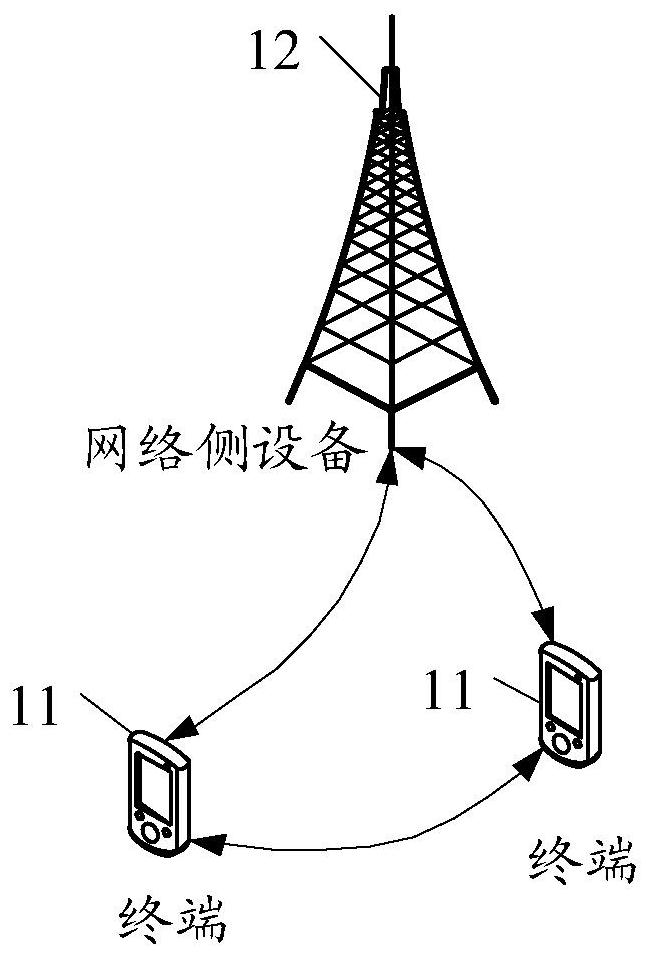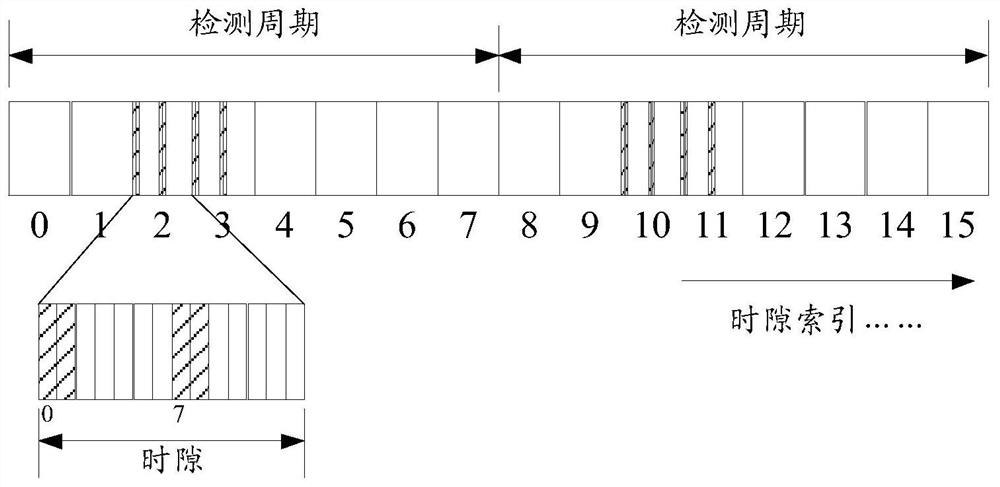BWP switching method and terminal
A terminal and handover condition technology, applied in the field of communications, can solve the problems that the terminal cannot flexibly receive MBS services, cannot switch MBSBWP, etc., and achieves the effect of improving communication effectiveness and flexible reception.
- Summary
- Abstract
- Description
- Claims
- Application Information
AI Technical Summary
Problems solved by technology
Method used
Image
Examples
Embodiment 100
[0036] In Embodiment 100, it is mentioned that the terminal switches from the first BWP to the second BWP when the switching condition is met. There are many ways to realize the switching condition. According to the different switching conditions, the following will be divided into several different embodiments. Make an introduction Make an introduction.
[0037] In an embodiment, the handover condition is met as follows: the target downlink transmission on the first BWP ends or is about to end. In this way, when the terminal mentioned in Embodiment 100 satisfies the handover condition, switching from the first BWP to the second BWP includes: the target downlink transmission of the terminal on the first BWP ends or is about to end In some cases, switch from the first BWP to the second BWP.
[0038] In fact, both the first BWP and the second BWP in this embodiment may also be unicast BWPs or other types of BWPs. In this embodiment, for example, when both the first BWP and the...
Embodiment 1
[0086] This embodiment introduces BWP switching based on downlink receiving opportunity (corresponding to the aforementioned target downlink transmission), such as PDCCH monitoring occasion or PDSCH reception.
[0087] If the terminal (UE) is configured with several periodic MBS listening time periods, or is scheduled to receive MBS downlink (for example, monitor MBS PDCCH or MBS PDSCH or CSI-RS in each time period), within one MBS listening time After the end time T1 of segment or downlink reception, it will automatically switch to unicast BWP (or called unicast DL BWP). Since BWP switching takes a certain time X, then:
[0088] 1. If the time interval between the current MBS monitoring period or the end time T1 of downlink reception on the MBS DL BWP and the start time T2 of the latest signal reception (PDCCH monitoring or PDSCH or CSI-RS or SSB reception, etc.) on the target unicastDL BWP is greater than or equal to X, the UE can complete the BWP switching before T2 (inclu...
Embodiment 2
[0101] This embodiment introduces BWP switching based on downlink receiving opportunity (corresponding to the aforementioned target downlink transmission), such as PDCCH monitoring occasion or PDSCH reception.
[0102] The UE is configured to periodically monitor several MBS monitoring time periods (eg, monitor MBS PDCCH or MBS PDSCH in each time period)). If the UE is currently working on unicast DL BWP, and the start time of the MBS listening period on the nearest MBS DL BWP is T2, and the time required for BWP switching is X, then the UE performs unicast DL BWP to MBSDL at (T2-X) time Switching of BWP to ensure correct reception of signals on MBS DL BWP; or switching to MBS DL BWP at the end of downlink receiving position T1 of unicast DL BWP, etc.
[0103] In this embodiment, if no downlink signal is received on the MBS DL BWP between two unicast listening periods, the UE does not need to switch from the unicast DL BWP to the MBS DL BWP.
[0104] In this embodiment, if th...
PUM
 Login to View More
Login to View More Abstract
Description
Claims
Application Information
 Login to View More
Login to View More - R&D Engineer
- R&D Manager
- IP Professional
- Industry Leading Data Capabilities
- Powerful AI technology
- Patent DNA Extraction
Browse by: Latest US Patents, China's latest patents, Technical Efficacy Thesaurus, Application Domain, Technology Topic, Popular Technical Reports.
© 2024 PatSnap. All rights reserved.Legal|Privacy policy|Modern Slavery Act Transparency Statement|Sitemap|About US| Contact US: help@patsnap.com










